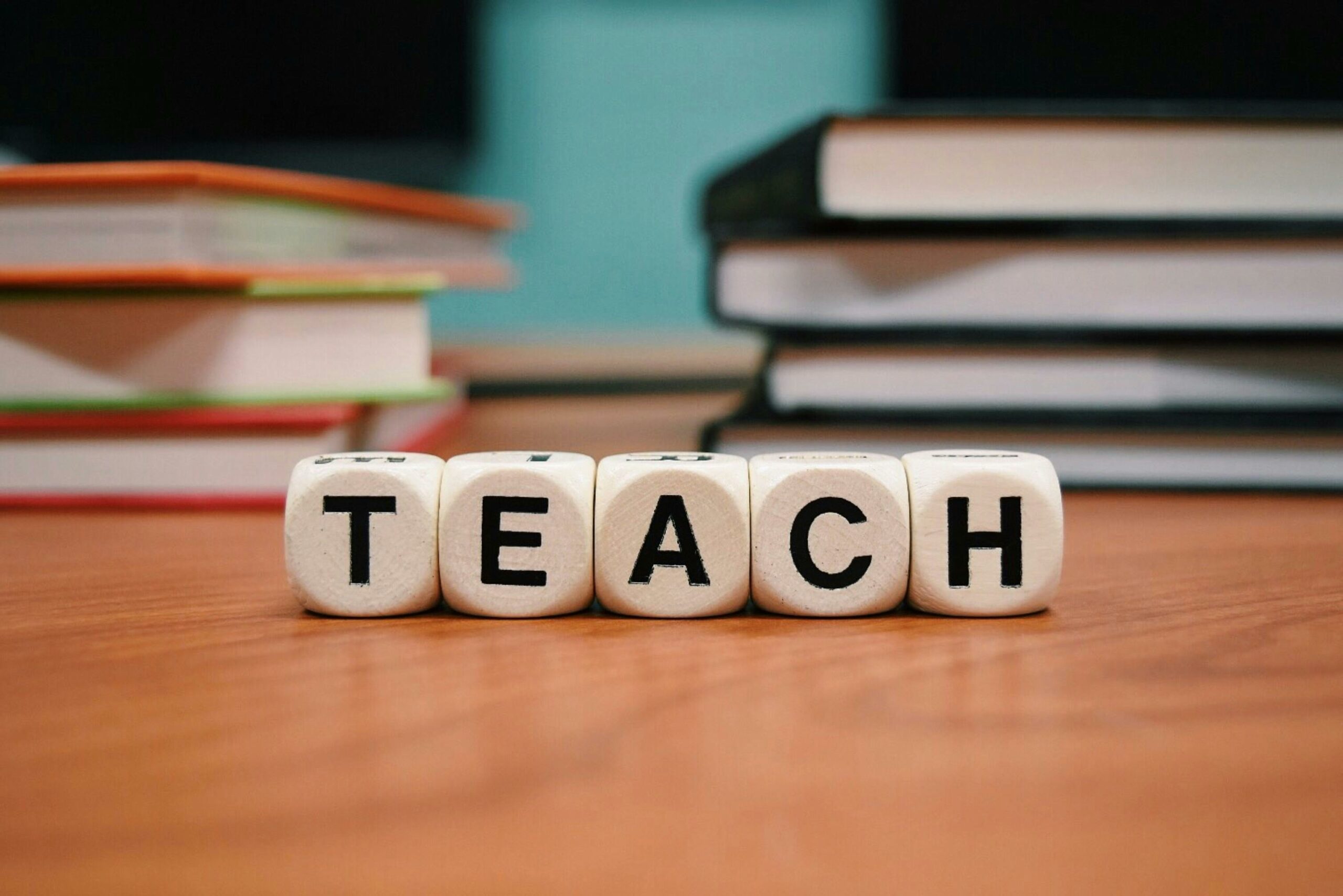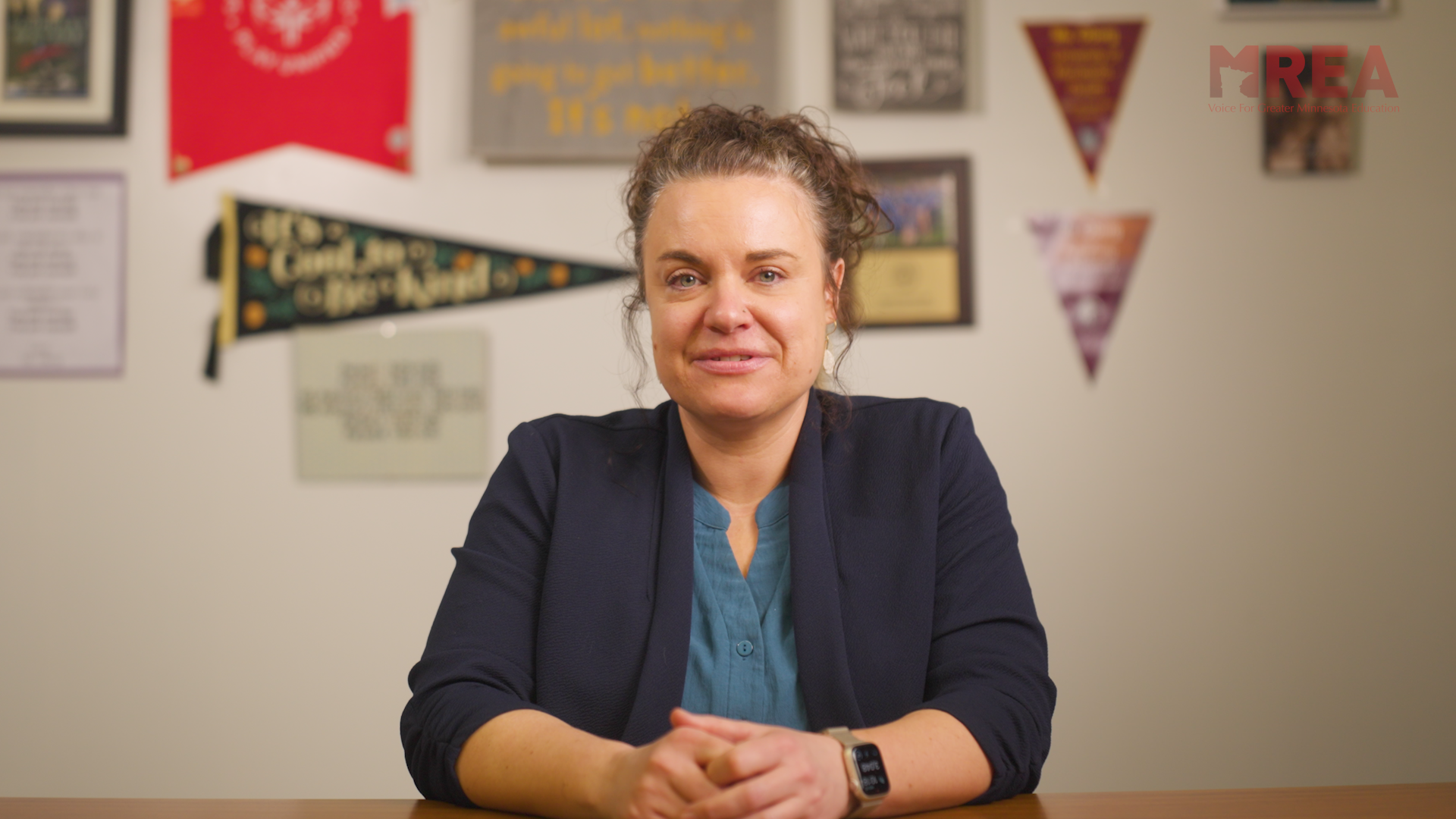The stress and pressure of filling teaching vacancies is a real struggle, a challenge that was already problematic before the Covid-19 pandemic. From the grind of finding qualified substitute teachers to fill in for daily absences to the annual venture of interviewing licensed teachers to fill our full-time vacancies, recruiting and retaining teachers has been a concern of school administrators for well over a decade in Minnesota. For many Minnesota districts, this remains a top priority, with nearly 90% reporting significant impacts from the ongoing teacher shortage (Williams, 2023).
Data on teacher employment in Minnesota is continuously being gathered. It may not be a surprise that:
- There were 946 unfilled teaching positions at the beginning of the 2023-24 school year (Tan et al., 2024)
- The average years of experience of a public-school teacher’s career in Minnesota is 12 years (Minnesota Department of Education, 2023).
- Approximately 25% of licensed teachers are not teaching in a public or charter school (Williams, 2023).
- Approximately 33% of newly licensed teachers leave the profession within the first five years (Williams, 2023).
Paraprofessionals may be one of the greatest assets for Minnesota public schools. As a member of your school and community, your paraprofessionals have profound experience with both the academic and social aspects of teaching which posits them with the capacity to develop into a potentially effective teacher. According to Juravich (2023), paraprofessionals are critical assets to districts because “they have intimate, firsthand knowledge of what makes a classroom successful” (para. 4). Through their experience, they already understand the challenges of being a teacher like helping students focus and engage in lessons and supporting behaviors as they arise (Gessler Werts et al., 2004). In addition, and more importantly, research demonstrates that paraprofessionals are more likely to be life-long residents of a community (Haring et al., 1992). This deep-rooted connection grants them an intimate understanding of the cultural nuances that new hires may not immediately recognize.
This knowledge of local culture is invaluable as teachers navigate the unspoken values and norms of a community which spill into our schools and classrooms. Research dated back to the 1990s has supported the practice of mentoring our paraprofessionals as the next generation of teachers. As administrators, it is essential to shift our mindset and acknowledge that we have a responsibility to recognize the teaching potential in each of our paraprofessionals. By offering words of encouragement, we can inspire them to pursue their teaching degrees and licenses, helping to reduce the burdens of the teacher shortage in Greater Minnesota.
Through collaboration, universities and school districts can strengthen teacher capacity by developing and mentoring paraprofessionals, offering feasible paths for them to become licensed teachers. The School of Teaching and Learning at Minnesota State University Moorhead recognizes this need and remains committed to working alongside Minnesota school districts in their efforts to raise up paraprofessionals into licensed teachers. This dedication led to the creation of an online program designed to support ‘Grow Your Own’ initiatives. Administrators are encouraged to share information about the upcoming webinar with paraprofessionals who have the potential to become quality teachers.
Upcoming Webinar
Paraprofessionals interested in learning more about pursuing their elementary education or early childhood education degree and licensure through Minnesota State University Moorhead’s online programs, should register for an upcoming virtual open house.
- Tuesday, May 6
- 4:00 pm
- Learn More and Register
North Star Promise Scholarship
We encourage you to “tap” a promising paraprofessional, share our contact details, and highlight the opportunities provided by the North Star Promise. The North Star Promise (NSP) Scholarship has successfully eliminated financial barriers for many students, opening the door to higher education and social mobility.
Questions
With questions, reach out to: Dr. Scott Klimek or Dr. David Wolff, Assistant Professors at Minnesota State University Moorhead.
References
- Gessler Werts, M., Harris, S., Young Tillery, C., & Roark, R. (2004, July/August). What parents tell us about paraeducators. Remedial and Special Education, 25(4), 232-239.
- Haring, K. A., Saren, D., Lovett, D. L., & Shelton, M. N. (1992). A study of the demographic and attitudinal differences between paraprofessionals and teachers in self-contained special education classrooms. Journal of Developmental and Physical Disabilities, 4(1), 51–73. https://doi.org/10.1007/BF01046341
- Juravich, N. (2023, Winter). Reclaiming the promise: Union advocacy for paraprofessional-to-teacher pathways. American Educator, 28-34. https://www.aft.org/ae/winter2022-2023/juravich
- Minnesota Department of Education. (2023, September 25). Minnesota Education Statistics Summary. https://education.mn.gov/mdeprod/groups/educ/documents/basic/cm9k/mdg0/~edisp/prod084762.pdf
- Tan, T. S., Arellano, I., & Patrick, S. K. (2024). State teacher shortages 2024 update: Teaching positions left vacant or filled by teachers without full certification. Learning Policy Institute. https://learningpolicyinstitute.org/product/state-teacher-shortages-vacancy-2024
- Williams, C. (2023, January 24). State report: Teacher shortage expand to nearly 9 of 10 schools in Minnesota. Education Minnesota. https://educationminnesota.org/news/press-release/teacher-shortage-expands-in-minnesota/





